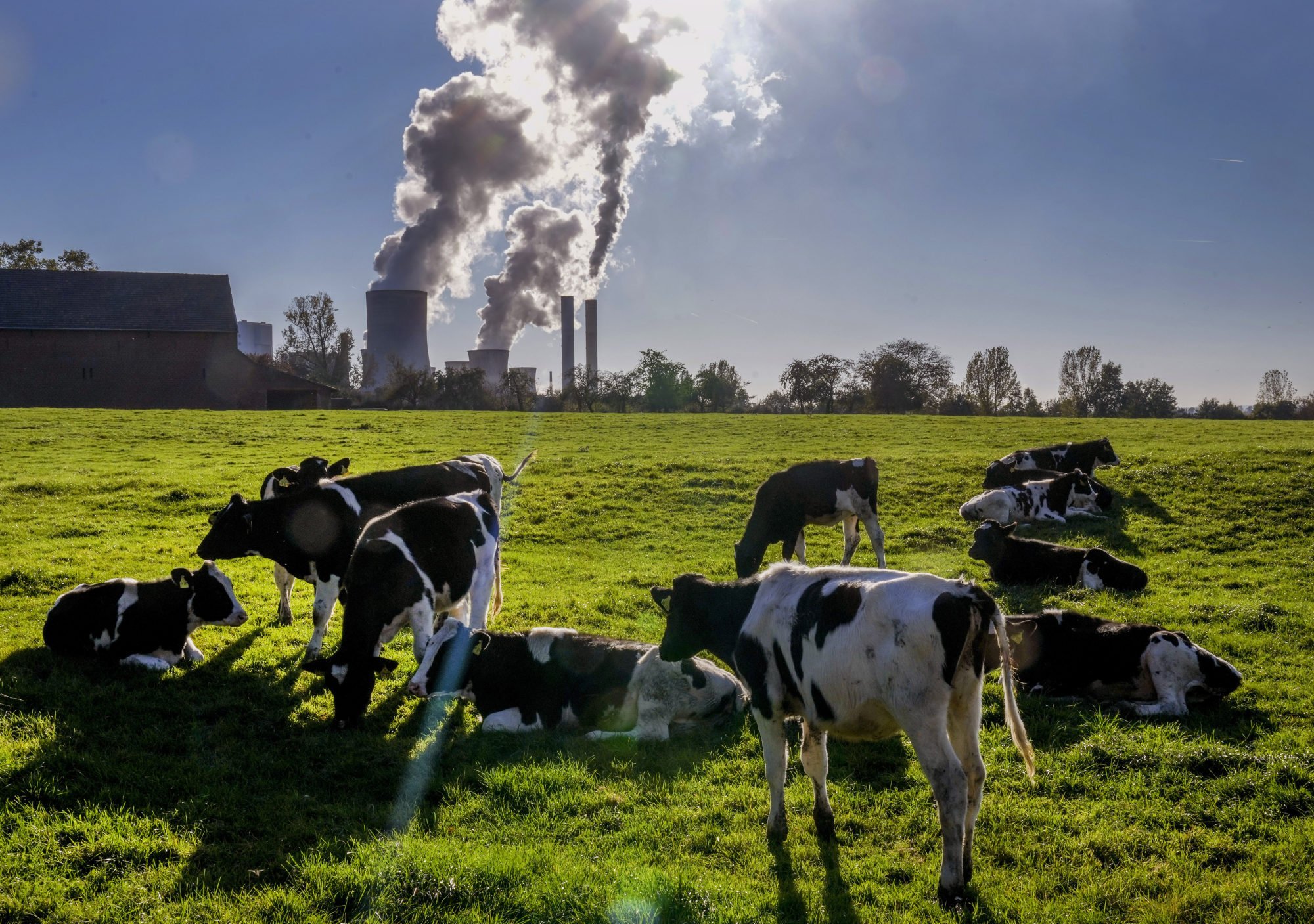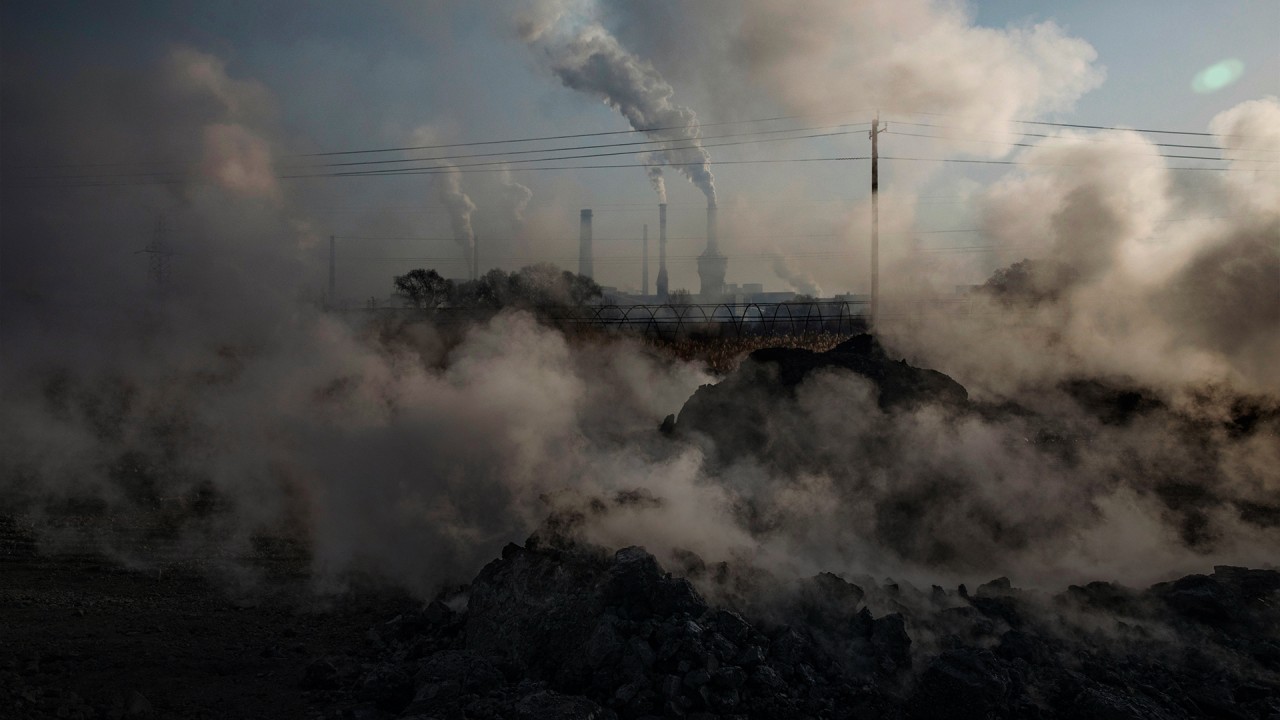
Net Zero is no solution to climate change. It’s a fantasy for rich countries
- Rich countries are in denial that consumptive lifestyles are the cause of climate change; they turn to questionable market-based mechanisms and quick-fix technologies in a bid to continue with business as usual
- Carbon offsetting, like other market-based approaches, is based on pseudoscience and ignores the root problem. Meanwhile, hi-tech silver bullets are fanciful, abdicate responsibility and may even – paradoxically – increase consumption
Yet the proposed approach to the greatest threat of our time, namely the collective push for carbon neutrality that the International Energy Agency has termed “Net Zero Emissions by 2050 (NZE2050)”, is fundamentally misleading and unachievable. It is simply not a viable global solution.

But before describing the failings of NZE2050, it is necessary to point out that there are partial solutions and that it is important to focus on those that will protect the most vulnerable.
It is thus critical to have a common understanding at the international level that the best way to achieve these objectives and channel money through a global effort is to invest in the rapid development of the well-being of the global majority over the next 30 years.
And this should be done primarily by increasing their access to sustainable food, energy, and income. This means the development of economies that are predominantly run on renewable energy, regenerative agriculture, and income from jobs with a low carbon footprint.
However, this approach conflicts with the NZE2050 “solution”, which relies on a mixture of market-based mechanisms and technology quick-fixes. NZE2050 assumes that these methods, which have been developed for richer nations, will work for the global majority, too, both technically and politically.
Thus, the main components of NZE2050 concern conversions from fossil fuels to renewable energy, the use of carbon capture and sequestration, and carbon offsetting.
While these methods appear legitimate and appealing, they will not work for the world at large. These methods may work in part for a country or a region, but they cannot be part of a global solution.
Why? Because reaching NZE2050 with these methods is simply not possible for either rich countries (the global minority) or poor countries (the global majority) within the 30-year time frame needed. It would be far more effective to pool global funds to build renewable energy systems in global majority countries.
For global minority countries, no amount of offsetting or activation of renewables can overcome the intensely consumptive nature of their lifestyles and economies, or fix the nature of their political systems, which are arrested to inaction by their own partisan democratic values. Thus slogans replace the hard work of changing societies.
NZE2050 is also impossible for global majority countries because they need requisite energy to build their nations and to provide basic needs for their large populations. This cannot be circumvented by the technology-based methods inherent in NZE2050 – if global minority countries cannot implement CO2-reducing tech on a large scale, how could global majority countries?
The politicians in global minority countries know this. What is surprising is that the global scientific community has gone along with this fictitious approach too, presumably through a desire to offer solutions.

There are three main reasons for the NZE2050 myth.
First, it legitimises economic approaches to climate change that preserve the status quo of mass consumption, particularly in global minority countries. Why give up the privileges that come with being the richest nations in the world when it is possible to use market- and tech-based solutions to disguise business-as-usual activity and pass the buck?
Second, the market- and techno-centric approach of NZE2050 provides an easy alternative to addressing the flaws of political systems in global minority countries, which enable massive CO2 release.
The sacrosanct nature of individual freedoms must not be touched even while the world heads towards collapse. As a result, there is no real political will to change, because it would challenge this pillar of liberal societies. The inability to accept that individual lifestyles must change drives deceptive concepts such as NZE2050.
Lastly, NZE2050 is supported because being seen to back CO2 neutral initiatives frames leaders of minority countries as climate champions, granting them legitimacy in a world where the public is increasingly motivated by climate-positive action.
Market-based solutions are insufficient
The assumption underlying markets is that profit-driven companies will with the right policy incentives somehow generate effective solutions to climate change with guidance from the “invisible hand”.
Historically, unregulated business activity does not take into account environmental externalities and consequently is one of the key contributions to the world’s present problems.
As a result, even if the free market encourages business activity to become more sustainable, it does not address root problems. Corporations do not do sustainability, they do “more” of things.
More renewable energy sources or more energy efficient vehicles do not equate to a global culture of decreasing consumption. Instead, markets disguise the failure to achieve actual reductions in externalities such as greenhouse gas emissions or energy consumption through carbon offsetting – by planting trees, for example.
The carbon offsetting market is an example of a market-based approach that is constructed around pseudoscience but is accepted to preserve “business as usual”.
There is no economic equivalence between emitted CO2 and offset CO2. It is not possible to equate absorption of atmospheric CO2 by trees with the CO2 emitted from burning fossil fuels. Trees are part of the active carbon cycle, while fossil fuel reserves are inert. Trees take decades to absorb carbon, while fossil fuel use releases it instantly. There are not enough trees in the world to offset society’s carbon, and nor will there ever be.
Tech solutions abdicate responsibility
The second case of the NZE2050 fallacy is the obsession with silver-bullet technology. This is the belief that technology will save the day by minimising carbon emissions or better yet, draw them down and reverse the damage.
In effect, this enables minority countries to continue enjoying their CO2-heavy lifestyles. The truth is, many of these technologies do not even exist yet, and if they do exist, their uptake and impact has been unimpressive.
Take carbon capture and storage (CCS). The world’s largest direct air capture plant came online in September, and it can collect about 4,000 tonnes of CO2 a year -about as much CO2 as is emitted globally every four seconds.
Although CCS and similar technologies can be used to reduce rich-world missions during their transitions, they are far too expensive for the global majority and cannot be replicated around the world at sufficient scale and speed to make a difference in the time frames needed.
Yet the lack of tangible tech solutions has not stopped the ever-rising push for large-scale hare-brained tech solutions, like geoengineering, despite their potential for unknown and damaging consequences.
The US National Academies of Sciences, for example, has recommended allocating up to US$200 million over the next five years to explore how light-reflecting particles could be injected into the upper atmosphere to prevent further global warming. The consequences of this are of course completely unknown. That this has received funding shows how desperate the need is to preserve the political status quo and consumption-driven lifestyles.

Even more commonplace tech, such as efficiency-improving mechanisms, can have economic complications. Here’s why: tech that increases energy efficiency will result in a lower CO2 output per unit of energy.
This is good – there is a need to prepare for a low emissions future through accelerating energy efficiency. But the increased efficiency will also result in a price drop per outcome with the same unit of energy. With a price drop comes increased overall consumption as market forces kick-in, because energy is readily available and cheap.
This is a paradox: the ability to use an energy resource more efficiently makes it both cheaper and more valuable at the same time, increasing its overall use and deepening our reliance on it.
The perpetuation of the silver-bullet tech mythos helps to abdicate responsibility of climate change onto future generations because it is much easier for minority countries to hope for a panacea that preserves the status quo than resorting to state intervention in the free market or in curtailing individual freedoms.
NZE2050 is blind to the needs of the majority
Meanwhile, the realities of the challenges faced by developing nations means solutions devised in minority countries may not be appropriate.
Take the obsession with tech-based climate solutions. Are these replicable in rural regions? Is the tech culturally appropriate? Is it affordable? Is it even for sale?
It has been estimated that solutions like biofuels and bioenergy with carbon capture and storage would demand between 0.4 and 1.2 billion hectares of land, which equates to 25 per cent to 80 per cent of all the land currently under cultivation.
Unfortunately, it is these countries that will be most affected by climate change.
The market-based approach of carbon offsetting is also blind to the needs of the global majority. Offsetting allows large companies in global minority countries to buy their way out of reducing emissions by investing in “climate-friendly” projects. Often these take place in the developing world, like planting trees in South Africa.
Plantations like these obviously present a host of land-rights and social justice issues. But it’s also the premise of the model: that resources in global majority countries can be used to maintain the levels of privilege enjoyed by global minority countries.
The entire concept is built on inequity, and it speaks to the fundamental flaw of NZE2050: at best, it ignores the needs of the global majority; at worst it is carbon colonialism.

For example, China is often painted as the world’s carbon enemy, as its largest CO2 emitter. Yet energy consumption (and therefore CO2 emission) is needed for economic development – and China has the world’s largest population, so it is natural to assume it would produce the most CO2 in its efforts to lift 800 million people out of poverty.
Is the expectation that global majority countries should forgo development like this to keep emissions low? If so, this implies that blame for the climate crisis is homogenous across the world – but it most certainly is not. Attempts to assert the contrary instead show the eco-imperialism latent in NZE2050.
The global minority has released the vast majority of emissions as it progressed over the last 200 years and continues to emit many times more than the global majority.
The US has emitted far more CO2 than any other country: it accounts for a quarter of all emissions since 1751. Despite China’s huge rise in emissions over the past decade, emissions per person still sit at less than half those of the US. Meanwhile the 1 billion people living in Sub-Saharan Africa each emit one-twentieth of the average person in the US.
What’s the alternative?
The flaws of NZE2050 manifest as a smokescreen for business-as-usual economic practices and even act as a form of environmental imperialism, allowing the global minority to shunt their carbon debt to future generations and the global majority.
When this is recognised, it will be much more straightforward for politicians and leaders to espouse that the global minority needs to reduce their fossil fuel use and change their lifestyles.
This means growth in the rich world’s footprint must stop. Developed countries must scale back their resource consumption and pollution output and give room for the rest of the world to grow to meet basic needs.
As many developing nations have pointed out – the world is not united by NZE2050. There is very clearly an “us” and a “them”. There can be no “we” when one party bears so much more responsibility for the climate challenges we face.
But it is all right to admit to us and them. This is a more useful narrative than NZE2050 because it will help motivate the right kind of change.
The truth is that each nation and region will have different trajectories to take in the coming decades: the developed world will struggle to placate its populations when the need for reduced resource use and lowered emissions comes to bear, while the developing world will continue to struggle to provide security and meet the basic needs for its populations as climate change worsens.
This will be the only course of action. The 20th century was for mitigation, and we failed – in the 21st century, we have no choice left but to pursue adaptation though decreased resource use and greenhouse gas emissions in the rich world.
Chandran Nair is founder and CEO of the Global Institute for Tomorrow, an Executive Committee Member of the Club of Rome, and author of ‘Dismantling Global White Privilege: Equity for a Post-Western World’.




